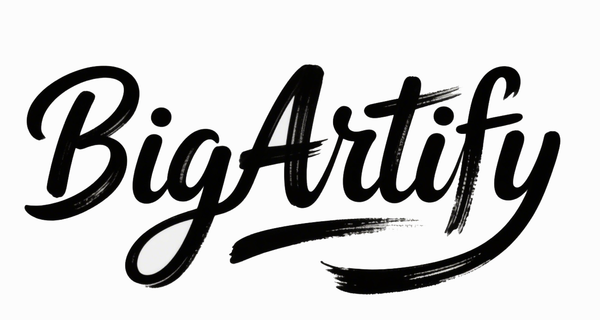Rediscovered After Four Decades: The David Wojnarowicz Mural in Kentucky Faces Concealment Again
A Wojnarowicz Mural Was Rediscovered in Kentucky After Four Decades—Now It’s Being Hidden Again
In a remarkable turn of events, a mural by the influential American artist and activist David Wojnarowicz was rediscovered in Louisville, Kentucky, decades after it was assumed lost. Originally painted in 1985 during a community art project called “The Missing Children Show,” the mural resurfaced behind drywall during recent renovations, only to be concealed again shortly thereafter. This unfolding story brings to light the challenges of preserving politically and socially significant art amid urban development pressures.

The Origins and Rediscovery of the Mural
David Wojnarowicz, known for his fearless exploration of identity, trauma, and social justice themes, created the mural alongside other East Village artists for an exhibition designed to raise awareness and funds for child victims of abuse. This powerful initiative took place in a now-repurposed industrial building on Louisville’s East Main Street, hosted to support child advocacy programs in the community.
The mural, Wojnarowicz’s largest surviving outdoor work, features vivid and symbolic imagery including a burning house, a gagged cow, and fragmented landscapes. These motifs reflect his experiences and activism during the AIDS crisis, as well as broader social struggles.
The rediscovery happened in 2022 when renovations at the Billy Goat building revealed colorful fragments behind drywall partitions. Architect Moseley Putney convinced workers to uncover the mural fully, revealing a nearly intact piece of art history that had escaped destruction since the building’s 1986 conversion to apartments. The David Wojnarowicz Foundation heralded this find as a rare and miraculous preservation of the artist’s legacy.
Preservation Challenges and Controversy
Despite hopes that the mural would be conserved and publicly exhibited, the current property developers chose to cover it again in 2025 to accommodate a gym tenant. While they regard the drywall covering as protective, preservationists and advocates argue this conceals a vital piece of cultural heritage that speaks to ongoing social justice issues.
This decision has sparked a wider debate about the responsibilities of private property owners to maintain and make accessible site-specific artworks, especially those protected under laws like the Visual Artists Rights Act (VARA), which safeguards against destruction or alteration of such works but does not guarantee public viewing.
David Wojnarowicz’s Enduring Influence
Wojnarowicz’s unique blend of creative expression and activism continues to resonate in museums and public discourse. His work confronts issues such as government neglect, homophobia, and illness with raw emotion and urgency. The mural in Louisville stands as a tangible, public testament to these themes and remains a critical artifact of 1980s activist art.
Institutions like the PPOW Gallery maintain his estate and continue to promote his work globally, ensuring new generations understand his contributions to art and society.
Frequently Asked Questions (FAQ)
Q: Who was David Wojnarowicz?
A: An acclaimed artist and activist noted for challenging social injustices through multimedia works. More about his life and impact can be found through the PPOW Gallery.
Q: What was the purpose of “The Missing Children Show”?
A: It was an art exhibition by East Village artists aimed at raising awareness and support for child abuse victims in Kentucky.
Q: How was the mural preserved for decades?
A: During the 1986 building renovation, the mural was covered by a stud wall rather than destroyed, which inadvertently protected it until its rediscovery.
Q: Why is the mural covered again now?
A: The owner covered it with drywall for commercial space adaptation, leading to concerns about future preservation and visibility.
Q: What protections exist for murals like this?
A: The Visual Artists Rights Act (VARA) prohibits destruction but does not mandate public access, creating legal and ethical complexities.
This evolving story underscores the tension between urban growth, private ownership, and cultural stewardship. It serves as a call to action to recognize and preserve works that embody resistance, memory, and social commentary.
For visual context and further information, see coverage by ArtNews and The Art Newspaper.
